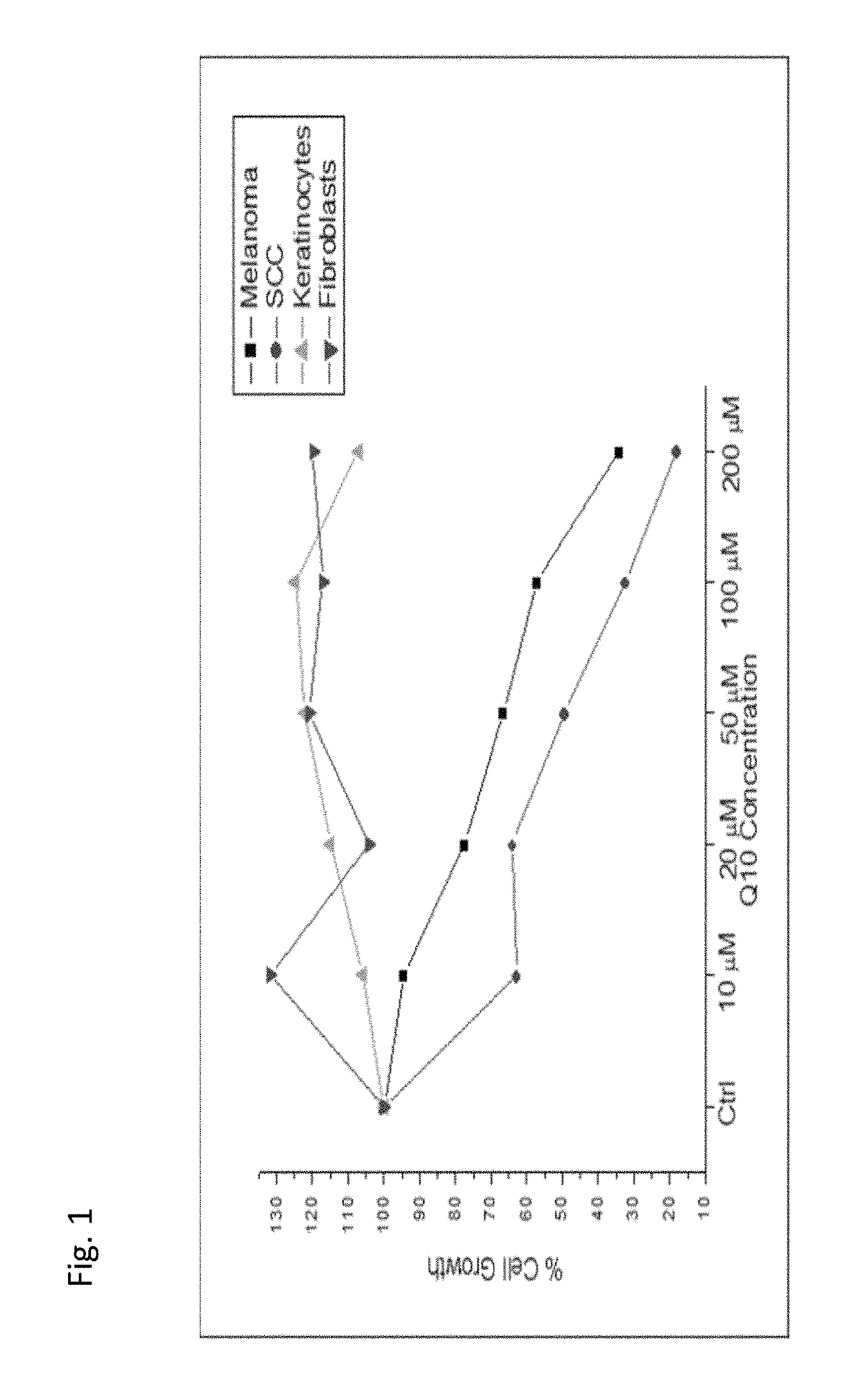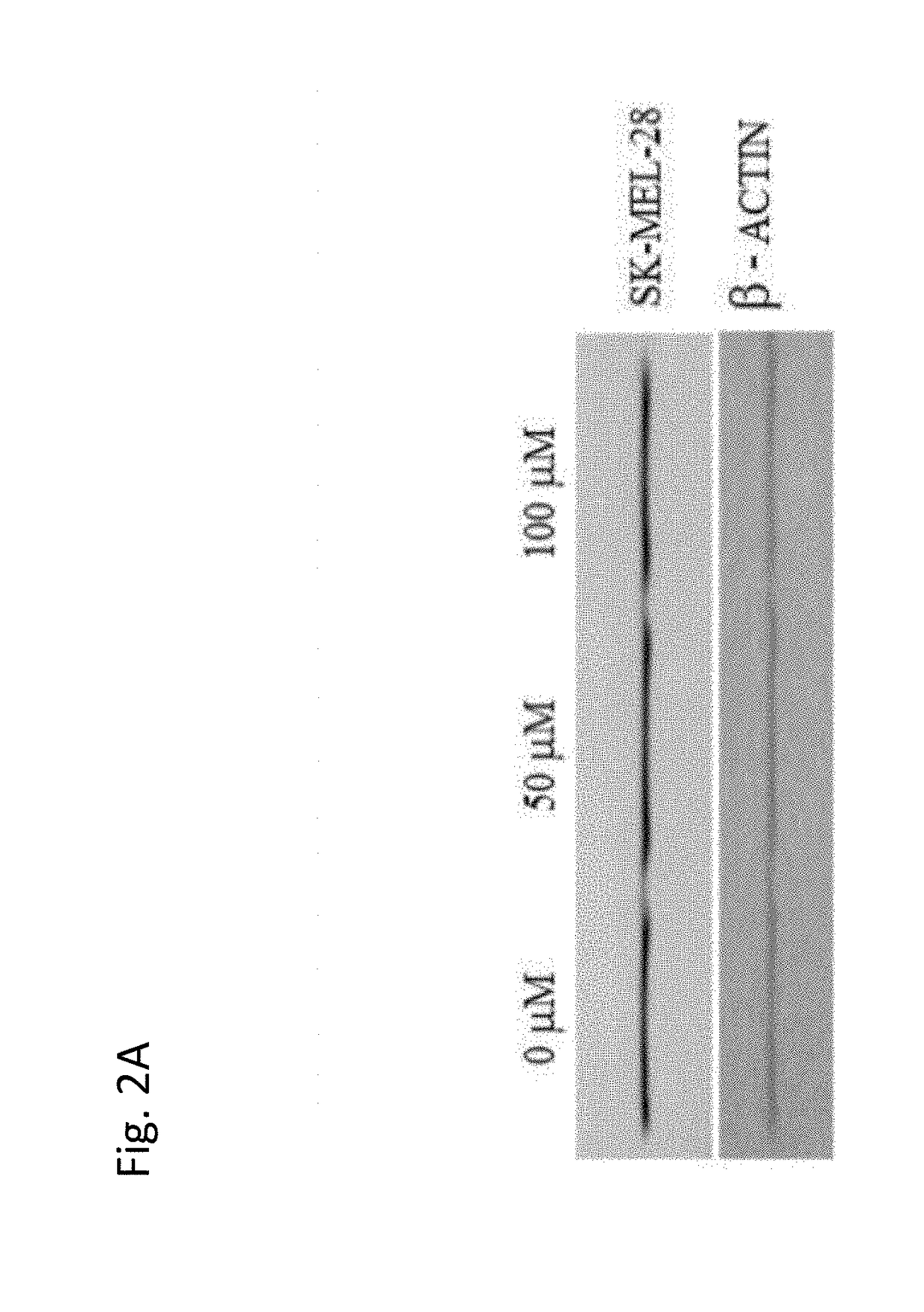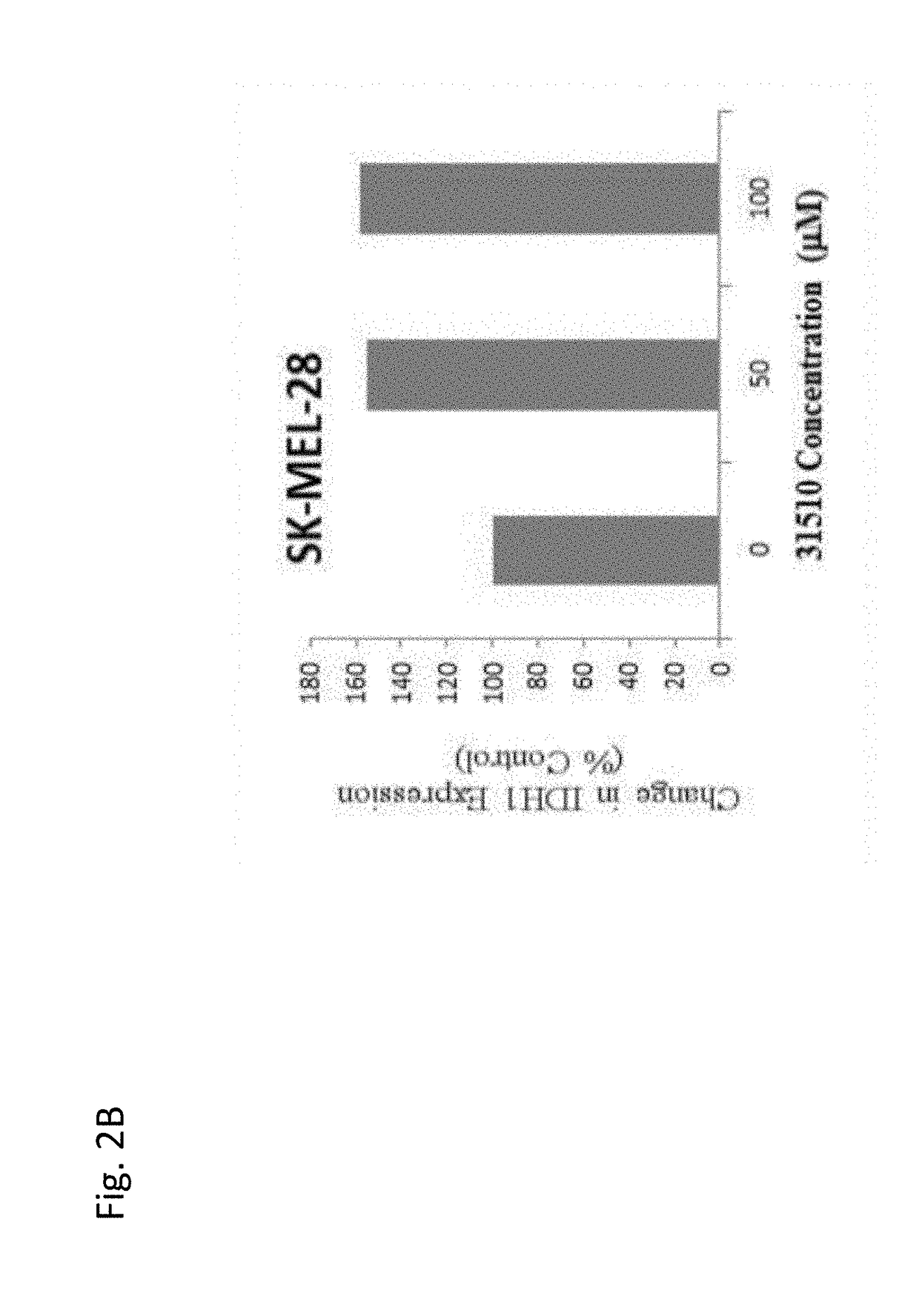Use of coenzyme q10 formulations in the treatment and prevention of epidermolysis bullosa
- Summary
- Abstract
- Description
- Claims
- Application Information
AI Technical Summary
Benefits of technology
Problems solved by technology
Method used
Image
Examples
example 1
Effect of Topical Coenzyme Q10 Cream in Patients with Epidermolysis Bullosa
[0137]A Phase 1 study was undertaken to evaluate the safety, pharmacokinetics and therapeutic effect of topical Coenzyme Q10 (CoQ10) cream in patients with Epidermolysis Bullosa.
Trial Objectives
[0138]The primary objectives of the trial are to evaluate the safety and tolerability in patients with EB when treated with topical CoQ10 3.0% Cream applied as instructed from every other day to twice per week to wounded skin, and every day to a section of intact skin, as instructed. Safety observations and measurements that are assessed include study drug exposure, abnormal local skin reaction, adverse events, laboratory data (hematology, coagulation, and serum chemistry), vital signs, and concomitant medications.
[0139]The secondary objectives of the trial are to evaluate the pharmacokinetics (PK) of CoQ10 3.0% Cream in this patient population and to evaluate the therapeutic effect of topical CoQ10 3.0% Cream in this ...
case study # 2
Case Study #2: 19 Year Old Female with EB Simplex, Dowling Meara Type
[0158]The target lesion (measuring 5.28 cm, FIG. 9A) on the inner thigh of the subject had been present for a month prior to treatment in the clinical trial. By week 2, the chronic wound had decreased to 0.28 cm (FIG. 9B). At treatment visit Week 8, there was almost complete re-epithelization with only 0.25 cm lesion remaining (FIG. 9C).
case study # 3
Case Study #3: 16 Year Old Female with Junctional EB, Non-Herlitz Type
[0159]The target lesion on Week 1, Day 1, prior to treatment (FIG. 10A), measured 36.96 cm with some granulation. On Week 2, the lesion showed an increase in granulation and a significant reduction in size to 4 cm (FIG. 10B). By Week 8, the lesion had been completely re-epithelized and only showed scarring (FIG. 10C).
PUM
| Property | Measurement | Unit |
|---|---|---|
| Fraction | aaaaa | aaaaa |
| Fraction | aaaaa | aaaaa |
| Fraction | aaaaa | aaaaa |
Abstract
Description
Claims
Application Information
 Login to View More
Login to View More - R&D
- Intellectual Property
- Life Sciences
- Materials
- Tech Scout
- Unparalleled Data Quality
- Higher Quality Content
- 60% Fewer Hallucinations
Browse by: Latest US Patents, China's latest patents, Technical Efficacy Thesaurus, Application Domain, Technology Topic, Popular Technical Reports.
© 2025 PatSnap. All rights reserved.Legal|Privacy policy|Modern Slavery Act Transparency Statement|Sitemap|About US| Contact US: help@patsnap.com



